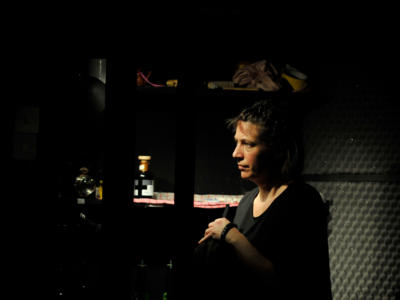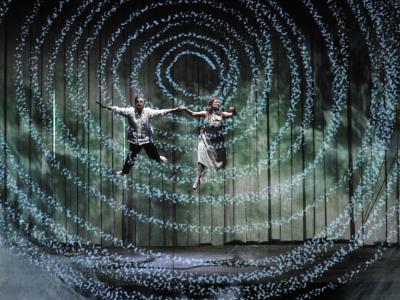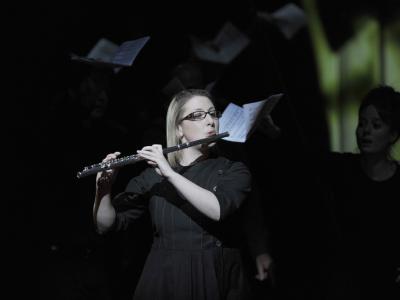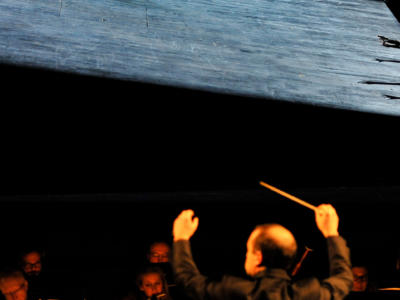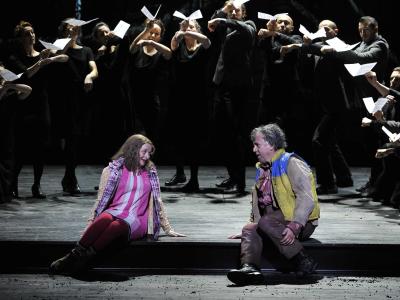ENO The Magic Flute: The Design
In opera, the set designer has to think about how to express the themes and ideas of the story through visual language. Michael Levine, the designer for The Magic Flute, worked with director Simon McBurney to research and investigate the themes of the work and discuss which ones were most important to this production and how they might be expressed through the set and staging.
Levine writes about the two thoughts that dominated the choices he made for the set design:
The importance of highlighting the transformational effects of music and the power of live performance
‘In the 21st century we can so easily access recorded music and it is easy to forget how special live music can be. In this production, the orchestra is raised in order to underline the ‘liveness’ of the event and the ephemeral nature of music. This was a choice made to raise awareness of being in the same room together – audience, players, singers, actors – and that the performance we are witnessing is something which can only take place in the present. By showing the stage machinery, the mechanics of the stage construction and exposing the wing space, the design aims to delight the audience with the making of theatre. It is an investment in the imagination of the viewer.’

Model box image showing the singers on the mobile platform with raised orchestra in front
Creating spectacle, amazement and enjoyment for audiences
When The Magic Flute premiered in Vienna in 1791, opera was one of the most popular forms of entertainment, with audiences delighting in the magic and illusion of theatre.
Today’s audiences are more familiar with a wide range of special effects and so Michael Levine wanted to create something that would be equally spectacular, mysterious and visually interesting, creating a modern version of the 18th century theatre and a space where the audience could be taken on a visual and emotional journey.
He introduced a movable platform surrounded by projection screens allowing for the continuous transformation of the space and interplay between the physical and the projected images. This creates the illusion of different levels, layers and movements, mirroring the journeys that the characters are making.
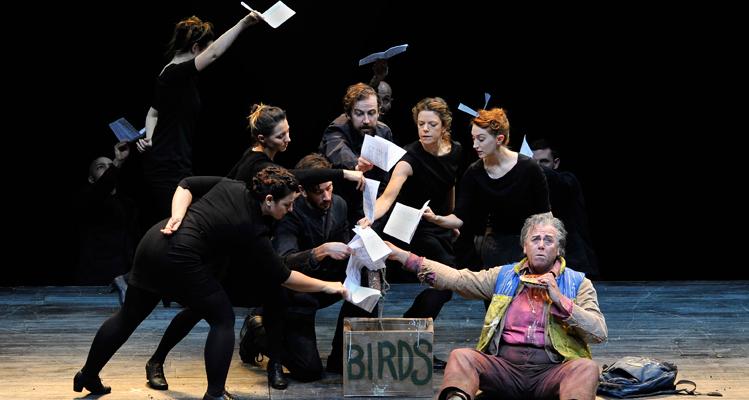
The Magic Flute production image

